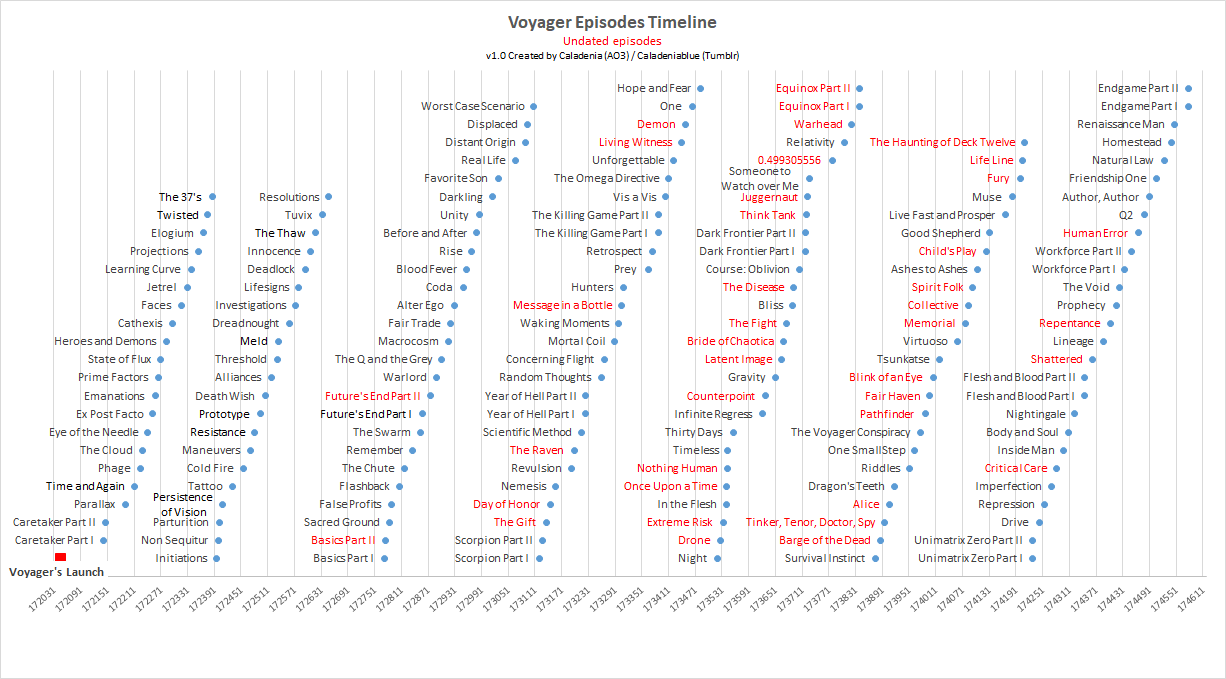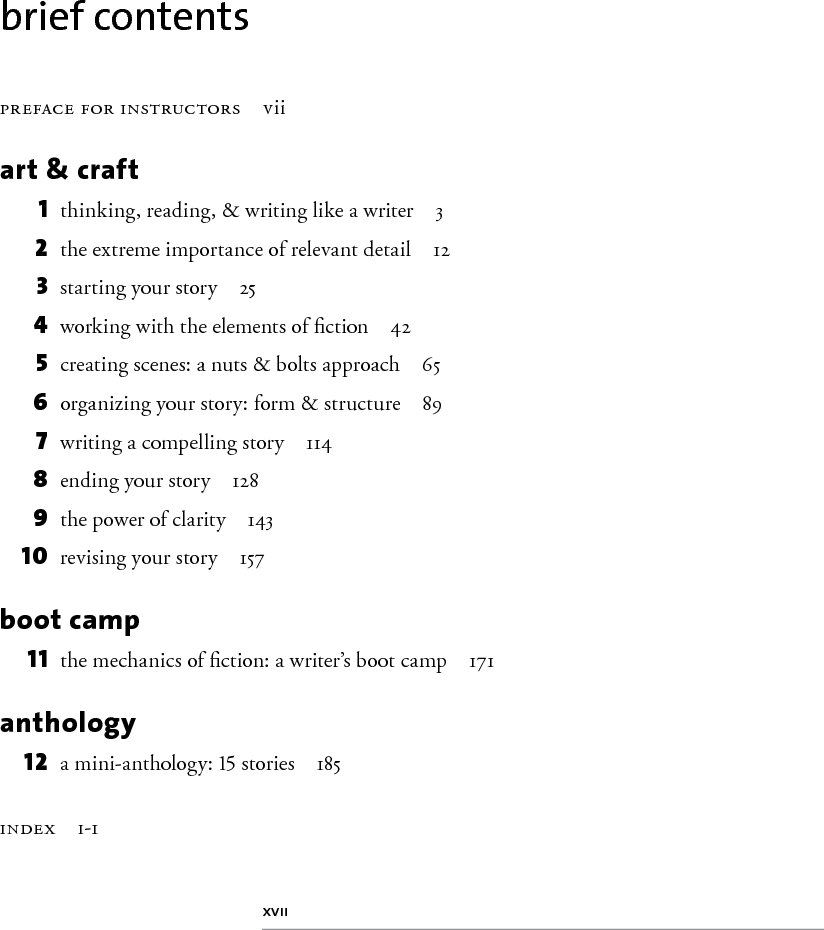Franklin covey planning software 8.0. By Raymond Carver. Approximate Word Count: 5000 S aturday afternoon she drove to the bakery in the shopping center. After looking through a loose-leaf binder with. Raymond Carver was born in Clatskanie, Oregon, in 1938. His first collection of stories, Will You Please Be Quiet, Please (a National Book Award nominee in 1977), was followed by What We Talk About When We Talk About Love, Cathedral (nominated for the Pulitzer Prize in 1984), and Where Im Calling From in 1988, when he was inducted into the.
Worksheet: Raymond Carver, “Errand” Read: Raymond Carver, “Errand” (attached) Answer the following questions: Character Names: One note about Russian names. People who have significant positions or wealth have several names they are called, depending on the closeness of the relationship. There is a similar but less prominent practice in.
Errand by Raymond Carver Another version of this note and thoughts on other books are available at: - This is like nothing else written by Raymond carver. And he is saying that himself. While the past few previous accounts dealt with domestic issues, misunderstandings and divorce, this is aboutChekhov. Anton Chekhov and his last days. He is invited for an evening out, in a restaurant. And when the two friends are about to begin, the wondrous writer is starting to spill out blood and is taken ill. He is apologizing for “the scandal” And we learn that he is such a wonderful, modest and likeable man - Well, he used to be because his condition is very serious - He is diagnosed with TB and tuberculosis is deadly at that time Among those who come to see him we have Tolstoy, the most famous man in Russia and one who likes Chekhov.
The man, not his works. Leo Tolstoy says that the plays of Chekhov are: - “Static, they keep moving from the kitchen and back” But Anton Chekhov is such a humble, modest manlike a girl. He is married to an actress who is about ten years younger. Chekhov was more interested in courtship and flirting than marriage, but after three years he married this excellent professional. The writer has to be treated urgently and he moves abroad.
Christina Aguilera) 04 - Back In Time 05 - Hope We Meet Again (feat. Pitbull. TJR) 03 - Feel This Moment (feat. Konica minolta bizhub 211 driver free download.
He is so famous that the doctor knows about him and his works, but alas he can’t do anything about the writer’s condition. It is too late.
And Anton Chekhov, who is trained as a doctor himself knows it. In the final stage, the doctor orders expensive champagne- Moet. And there is a character that is invented by Raymond Carver and is told by the wife to bring the best mortician.
Raymond Carver Errand Pdf Free Template
At the end of the short story there is an assessment, an account by Raymond Carver in which he explains the Errand. It is meant to be an homage to Chekhov. Anton Chekhov has had a great impact on the American writer. And he has read a biography of Chekhov. In order to create this tale that has been included on the best American Short Stories list, he has had to come up with the good approach.
And he obviously did.
“Errand” is an altogether surprising short story among the works of Raymond Carver. The usual characters and themes are not to be found, nor are the settings, nor even is the so-called minimalist narrative mode or style. The story initially presents itself as a conventional biographical narrative (covering the illness and death of Chekhov), but it is soon transformed by excisions, extensions, and expansions. The writer’s work on the implicit hypotext fictionalizes the biographical facts, to which he adds imaginary episodes. These episodes become increasingly detailed, and the last part of the story (there are four parts) has no connection at all with what seemed to be the subject and its treatment at the beginning. Chekhov is dead, and the scene the following day that brings together Olga Knipper and the young bellboy, whom she requests to go fetch a mortician, constitutes an unlikely development.
The episode is a temporal “bubble” that soon turns spatial when Olga becomes the narrator and develops her own story within the story. She moves her protagonist, a young bellboy, through time, from the prospective conditional (“would”), to the narrative past, and finally to the present. She also moves him in space, from the hotel bedroom to the street and thence to the mortician’s house. By shifting from hypotext to hypertext, from one narrative level to the other, from the imaginary story to the illusion of reality, Carver for the first time in his career experiments with the richness and complexity of narrative performance and inscribes into his text the fragile boundaries that separate the real from the imaginary. In this way, he prompts readers to interrogate the very realism that critics have called the main attribute (or major defect) of his work.
Errand Raymond Carver


